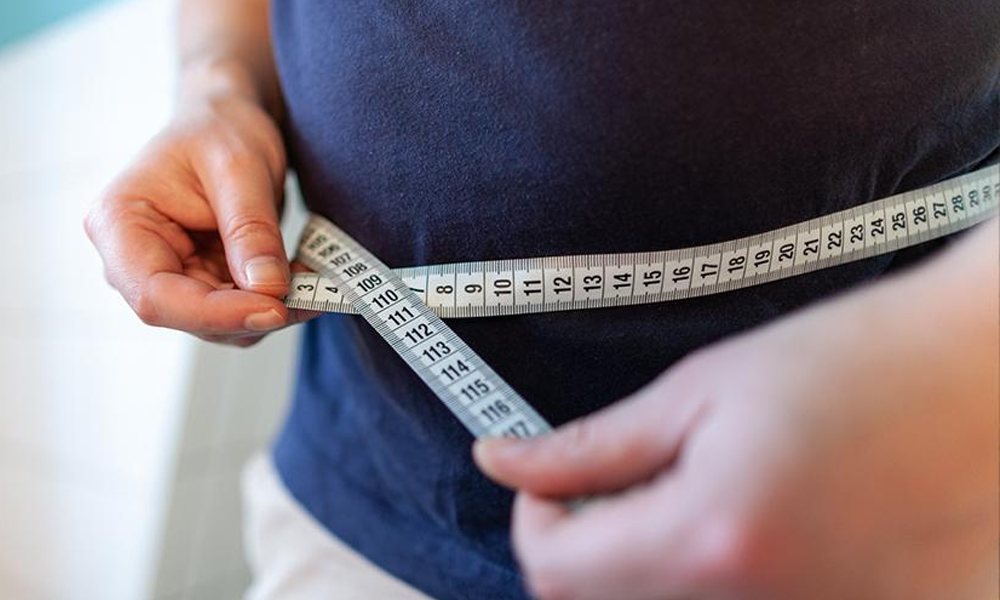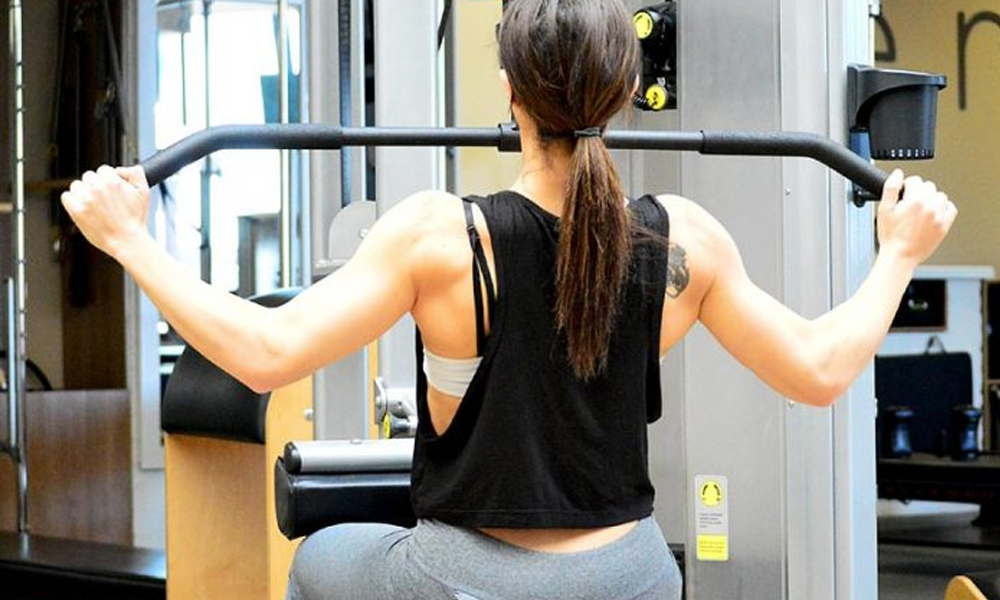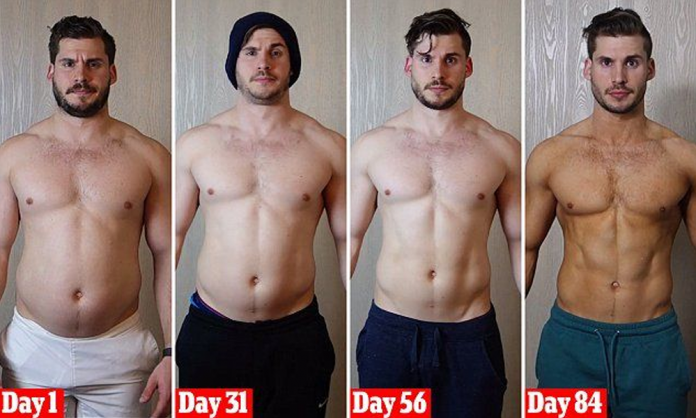There is a common misconception amongst many individuals that weight loss and muscle gain are the same things.
News flash! It’s not.
Weight loss, as the term suggests, is about shedding off the extra fat and losing the extra kilos. However, adding muscle to your frame can accelerate weight loss as well.
Whereas muscle gain actually encourages weight gain. If you’re building healthy muscle, your weight gain means your body is becoming stronger and capable of performing intense physical labor.
Losing Weight

Experts suggest individuals lose the extra weight first and then focus on muscle gaining. They add that preserving your vital organs’ function and ensuring that you have enough energy to carry out ordinary tasks. If you are not already at 15% body fat or lower, your primary goal should be to shed fat.
Losing weight helps gain energy; that energy is then used to build muscles. One can use many methods to shed fat in their bodies, from diets to workouts, to using burners and blockers. However, there are numerous ways; the smartest one is first to consult your physician and then decide.
In the process, your body manages to gain energy – micro-tears in your muscle tissue need a constant supply of protein and energy to rebuild. By adding light weightlifting to your workouts, you will burn more calories, shed more fat, and prepare your body to switch to muscle building when you’ve reached your weight loss goal.
Muscle Gaining

Once you have started losing weight and saving energy, you can now focus on muscle gaining. Muscles can add to weight gain. However, they also help shape your frame. Moreover, these muscles are healthy and are helping your body become stronger.
They even give you the strength to lift more weight and carryout more labor activities physically. The ideal time to start this process is when your body has reached below 15% of fat. The ideal workout for muscles is weightlifting or calisthenics.
If you are looking forward to gaining muscles, here are 8 steps you can follow:
- Eat breakfast to build muscle mass.
- Eat every 3 hours (healthy snacking)
- Consume Protein Meals (red meat, beef, lamb, chicken, duck, fish, tuna, salmon, milk, cheese, yogurt, eggs, whey, even tofu)
- Eat Greens (eating fruits and veggies with each meal will give you a full stomach with little to no-calorie gain).
- Carbs After Workouts Only
- Consume Healthy Fats
- Chug Water
- Eat whole foods 90% of the time (unprocessed or unrefined)
Balance Is Key
Understandably, you are eager to lose the extra fat and are willing to go to any limit. However, it would help if you remembered that this process is slightly time-consuming. Pushing your body beyond its limits will only destroy your health instead of helping it.
Once again, be sure to consult with professional physicians, trainers, and ask those currently living a healthy lifestyle around you to get proper knowledge.
Stay healthy, stay safe, and stay tuned to Brandsynario.







































